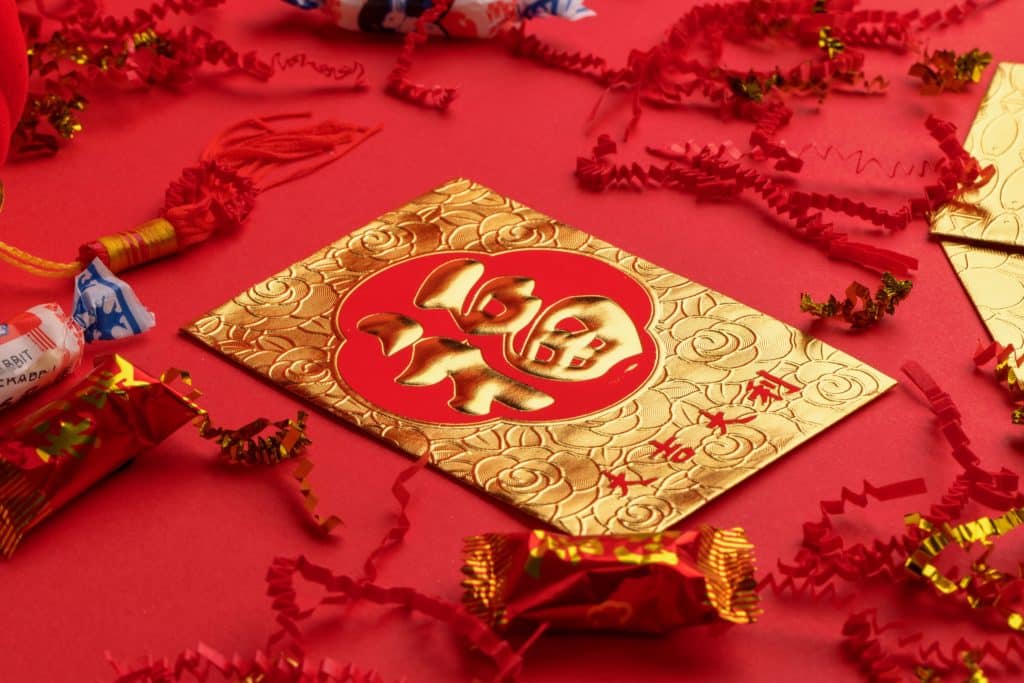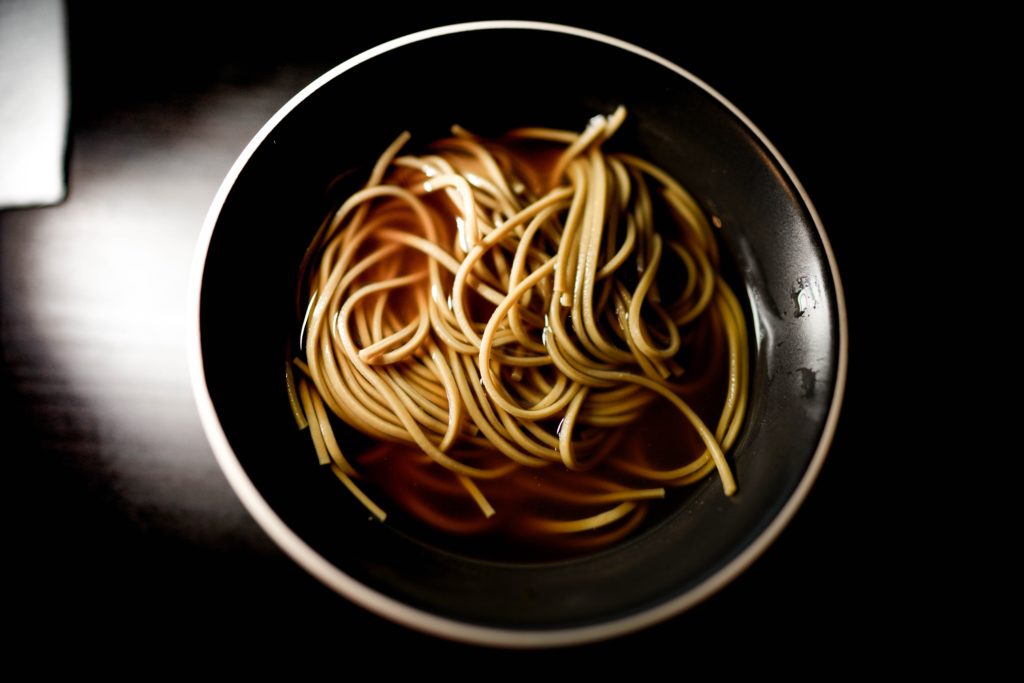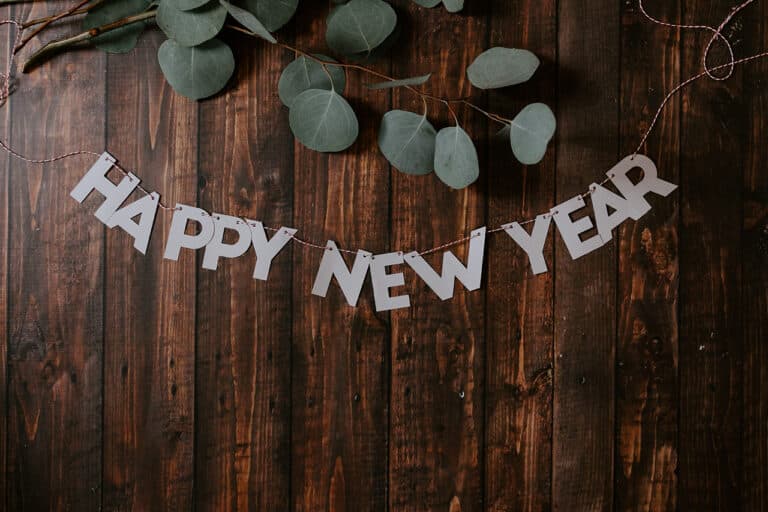From fireworks to hanging onions, people across the world have a variety of ways to ring in the New Year. These traditions aren’t limited to New Year’s Eve on Dec. 31 and New Year’s Day on Jan. 1 either. New Year’s traditions also include the Chinese Lunar New Year and Jewish New Year, which occur later in the calendar year.
Review this Remitly guide to learn about 20 New Year’s Eve traditions around the world.
Table of Contents
1. Eat 12 Grapes for Good Luck
In Spain and some Spanish-speaking nations in Latin America, many people eat 12 grapes as the clock flips from New Year’s Eve to New Year’s Day. The 12 grapes represent the 12 months of the year.
To partake in this tradition, pop a grape into your mouth each time the clock chimes at midnight. Some people say to eat the grapes 12 seconds before the stroke of midnight.
It’s a practice believed to foster good fortune in the New Year. To get good luck, think about the significance of each grape and the month ahead in the year.
While stories of the tradition’s origin vary, some believe Spanish grape farmers came up with it in the 1900s to sell more grapes. Others believe it was a French custom adopted and made unique by people in Madrid.
2. Wear White to Jump Seven Waves
Brazil’s eclectic cultural and religious history intertwines every Dec. 31 as revelers wearing white gather on the nation’s beaches.
People in Rio enthusiastically celebrate this tradition. Large numbers of people come to the shore on New Year’s Eve to throw white flowers into the waves and view fireworks displays over the sea.
When the New Year arrives, people wade into the ocean and jump seven waves. With every jump, they make a wish for the upcoming year to help bring good luck.
3. Carry an Empty Suitcase
In Colombia, many people partake in a series of traditions to herald luck for the New Year, including the grape-eating tradition. According to Erica Dinho, a Colombian food blogger, you’re supposed to make a wish for every grape you eat.
Dinho also notes that some Colombians pour champagne over their body to help bring love and luck to the upcoming year. Those who hope the year is filled with adventure or travel may run around the block while holding an empty suitcase.
4. Eat Hoppin’ John for Dinner
Hoppin’ John is a southern U.S. recipe commonly made and eaten on New Year’s Day. Its key ingredient is black-eyed peas, which is considered good luck on the holiday.
Many people have black-eyed peas in some form for this reason and eat them along with greens, which are considered to help support wealth in the year ahead.
Hoppin’ John also includes rice and some types of meat, typically a variety of pork like ham or bacon. It’s customary to pair it with collard greens at a New Year’s Eve celebration. Many people also consider eating pork good luck on the first day of the year.
5. Let a Dark-Haired Man Enter First
New Year’s, or Hogmanay, is a big deal in Scotland. Historically, it was the major winter holiday for many in the area, as celebrating Christmas was banned for almost 400 years. Over time, people developed a wide variety of traditions for Dec. 31, and one of them is known as first footing.
First footing refers to the first feet to cross the threshold of a home once the New Year begins. Scottish tradition holds that it’s lucky for the first person through the front door to be a dark-haired male. The man should also carry specific items: a black bun, shortbread, coal, salt, and some whiskey.
Hundreds of years ago, Vikings—typically light-haired—often invaded Scotland. Some people believe first footing calls for a dark-haired male because Scottish ancestors during Viking times may have been wary of light-haired strangers who might be raiders.
6. Give Red Envelopes

Red envelopes are a tradition associated with Chinese New Year. It begins around the 23rd day of the 12th lunar month of the lunar calendar.
People typically give loved ones, usually children, special red envelopes called hongbao, which contain money. The custom occurs in China and countries with Chinese heritage, such as Vietnam, Singapore, Malaysia, and Taiwan.
Red symbolizes good wishes and wealth. The origins of this practice appear in a variety of ancient Chinese stories about the New Year and there are rules for how to give and receive envelopes.
For example, the envelopes require new, clean, and crisp bills. When giving an envelope, hand it over and receive it with both hands. You also can’t open the envelope when you’re still with whoever gave it to you, as it’s considered bad manners.
Gift-giving traditions are different all across the globe. Find out about holiday gift-giving traditions for various cultures that occur throughout the calendar year.
7. Break Dishes on Doorways
While the ball drops in Times Square in New York City, it’s glass or dishes that drop across the Atlantic.
Dutch and German New Year’s traditions have people throwing dishes against doors to bring good fortune. You’re supposed to throw old plates at the doors of friends and family rather than those in your own home. More broken shards at your door mean more luck for the year for people in Denmark.
8. Bang Pots and Pans
Banging pots and pans to make noise is a custom that crosses a variety of cultures and locations. In fact, it’s a tradition that might’ve led to the noisemakers and other items people purchase to ring in the New Year.
One reason for the tradition may have been a belief that making loud noises can banish bad spirits from the past year. By making noise, you may protect the arriving year and welcome the new beginnings it offers.
Thought to have started in Ireland, you can find people practicing this New Year’s Eve tradition in the U.S., U.K., Australia, Cuba, the Philippines, and many other nations.
9. Burn Effigies
Burning effigies is another New Year’s tradition that occurs in a variety of countries. People make effigies of all types of figures, including politicians and celebrities. Then, they burn them at midnight on New Year’s Eve.
Many people believe the tradition began in 1895 when the region had a yellow fever epidemic. They stuffed the clothing of those who died into coffins, which were burned, in part to burn away the disease.
The symbol of purification stuck. It became a tradition of burning effigies to cleanse away bad things from the previous year before the new one begins with a fresh start.
10. Reshape Molten Metal
This Finnish custom involves casting random shapes from tin and using the shapes to forecast what might happen in the New Year. Performed on New Year’s Eve, people heat the tin until it’s molten and dump it into cold water to form a random shape. Shapes like rings might indicate marriage, but the practice leaves plenty to the imagination.
11. Throw Water Out the Window
While you can find people eating 12 grapes for luck in Puerto Rico, Puerto Rican tradition also includes throwing a bucket of water out the window to ward off evil spirits.
Many Puerto Ricans also sprinkle sugar around the outside of their house to attract luck.
Puerto Ricans living near the ocean may celebrate New Year’s Eve at the beach so they can walk backward into the sea at midnight. As with the sprinkling sugar custom, this practice is thought to invite luck.
12. Wear Colored Underwear
The color of your undergarments plays a role in New Year’s traditions in a variety of countries. Many people in Colombia don yellow underwear, hoping for prosperity in the coming year.
In other Latin American countries like Brazil, people wear red underwear to invite luck and passion into the new year. In addition, both men and women in Italy often wear red underwear on New Year’s Eve to ward off negative thoughts and evil spirits.
13. Eat Fruits Dipped in Honey
The Jewish New Year is another celebration that doesn’t take place on Dec. 31 or Jan. 1.
Known as Rosh Hashanah, the celebration begins on the first day of the seventh month of the Hebrew calendar. The exact date on the modern 12-month calendar varies, but the Jewish New Year occurs during the final weeks of summer or early fall.
The festival comes with many customs, including eating apples or other fruits dipped in honey. It’s considered good luck as apples were historically seen as a healing fruit, and honey signified prosperity or hope.
14. Hang Onions on the Door
In Greek customs, onions symbolize regeneration or rebirth due in part to the onion plant’s hardy nature and ability to regrow itself. The onion was so highly regarded that people started to hang them in their homes on New Year’s Day as a symbol of new prosperity for the new year.
Many people in Greece attend church services on New Year’s Day as part of a ritual to start the year on good footing. After church, people hang onions in their doorways or elsewhere in the home.
Check out what Greek people eat during New Year and how to make these dishes yourself.
15. Slurp Soba Noodles

People in Japan often eat soba noodles on New Year’s Eve. The custom specifically calls for Toshikoshi soba noodles, made with long and thin buckwheat.
Since the noodles break easily, eating them is symbolic of breaking free of the old year so you can enter the new year appropriately. Because they’re long, they also symbolize a long life.
The tradition is practical for many people, too. Participating in celebrations or services at shrines or temples at midnight is common. When people return home, they like eating easy-to-prepare noodles as a snack.
16. Light Firecrackers on the New Year
Many cultures light firecrackers as part of their New Year’s celebrations. Today, you can find this custom playing out at almost any scale. Kids may throw poppers on the ground in neighborhoods to make noises, while cities put on spectacular fireworks displays as the clock strikes midnight around the globe.
If you’re watching TV or you’re online anytime on Dec. 31, you can probably catch a fireworks show from somewhere around the world.
17. Incorporate Round Things
If any shape is synonymous with New Year’s, it’s a circle as round things are often a big part of the festivities. This may be because coins—a nearly universal sign of wealth and fortune—are round.
In the U.S., people head to Times Square in New York City to watch the ball drop at midnight. Smaller ball drop celebrations occur outside Times Square in many other American cities and towns.
Filipinos welcome New Year’s by eating round foods. Many also wear polka dots because of the round shapes of the pattern.
In the Netherlands, people often buy fried doughnut balls called oliebollen from street vendors on Dec. 31 and Jan. 1.
18. Set New Year’s Resolutions
Making resolutions is an important part of New Year’s in many countries, particularly North America, Europe, and Australia.
A resolution is like a goal for the fresh year and can include things like being more organized, losing weight, or giving up a bad habit like smoking. For some people, sharing resolutions aloud is part of the New Year’s Eve tradition, but others choose to keep their goals private.
19. Sing “Auld Lang Syne”
Some countries ring in the coming year with a specific folk song. In the U.S., Canada, the U.K., and other English-speaking countries, the song is “Auld Lang Syne.”
While Scottish poet Robert Burns receives credit for writing the lyrics, he stated that the inspiration came from old poems dated back to the 16th and 17th centuries.
You can find the lyrics here.
20. Incorporate Some Bread or Cake
Baked goods are an essential part of the festivities in a few places.
In Ireland, many people start the new year by banging bread loaves on the walls of their homes. It’s often leftover Christmas bread, but some people bake fresh loaves for the last night of the year.
Jewish people often prepare a special honey apple cake for Rosh Hashanah’s New Year celebrations. People in Denmark and Norway whip up a kransekage or wreath cake made of concentric marzipan rings.
Greeks greet the New Year with a special cake called vasilopita. To honor St. Basil, they place a silver coin inside for added fun. Tradition states that whoever ends up with the coin may receive good fortune in the new year.
Other cultures make coin-filled desserts, too. For example, the Bulgarians place a coin in a dessert called banista, the French serve a gateau des rois with a coin inside, and Mexicans make a Rosca de Reyes baked with a special coin. In some cases, people eat these coin-filled pastries five days after Jan. 1 in honor of the Epiphany holiday that celebrates when the wise men visited baby Jesus in Bethlehem.
Consider trying out a new custom from around the globe as you prepare for your celebration. Happy New Year!
Frequently Asked Questions
One reason for the tradition may have been a belief that making loud noises can banish bad spirits from the past year, thus preventing bad luck. By making noise, you may protect the arriving year and welcome the new beginnings it offers. Thought to have started in Ireland, you can find people practicing this New Year’s Eve tradition in the U.S., U.K., Australia, Cuba, the Philippines, and many other nations.
In many Spanish-speaking countries, people eat 12 grapes at midnight. The 12 grapes represent the 12 months of the year.
Colombians follow the same tradition but also pour champagne over their body to help bring love and luck next year, and some run around the block while holding an empty suitcase.
In Russia, many go to the sauna and decorate a New Year tree, called a Yolka.
Other NYE traditions from around the world: wear white to jump seven waves (Brazil), give red envelopes (China), Eat Hoppin’ John (a U.S. recipe from the south), break dishes on doorways, burn effigies, throw water out the window (Puerto Rico), wear colored underwear, hang onions on the door (Greece), slurp soba noodles (Japan), and light firecrackers during the countdown to the new year.
In many cultures, it’s considered bad luck to do dishes on New Year’s Day because washing dishes can wash away good fortune for the coming year. This applies to cleaning the house in general, including taking out the trash or doing laundry. Instead, some people choose to clean before New Year’s Eve celebrations start, so they can relax and enjoy the day without worrying about chores.
